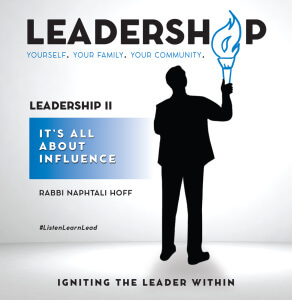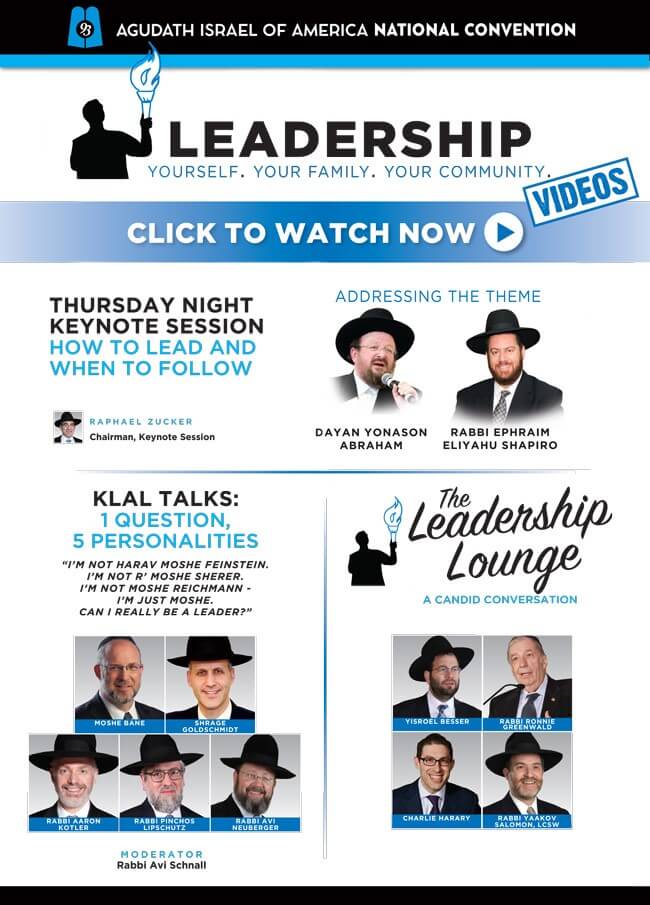Leadership II: It’s All About Influence
Click here for Leadership I: What’s All the Fuss About Leadership?
 Leadership is influence; nothing more, nothing less. John C. Maxwell —
Leadership is influence; nothing more, nothing less. John C. Maxwell —
I like to think of leadership as comprising two primary, related components: social influence and the maximization of others’ efforts. Influence is about winning people over to a new way of thinking and practice, through questioning, idea sharing, collaboration, and modeling. It emphasizes persuasion and motivation over coercion.
Influence occurs primarily through emotional connections, such as when we share triumphant or challenging times together. It also develops when leaders routinely demonstrate feelings of appreciation, care, concern, and empathy.
Simon Sinek is a best-selling author on team-building. He learned some of his core leadership beliefs from Lt. Gen. George Flynn, a Marine Corps official. Flynn was explaining what makes the corps so extraordinarily tight-knit, to the point that they willingly trust their lives to one another. He told Sinek that when Marines line up for their food each day, the most junior officers go first, followed in rank order. Their leaders eat last. Such procedures are not recorded in the Marine Corp handbook or procedural code. Nor are they expressed at roll call. It’s just the way that Marine leadership views their responsibility.
Many people think leadership to be about rank, power and privilege. Marines, however, maintain that true leadership is the willingness to place others’ needs above your own. That’s why Sinek titled his 2014 book Leaders Eat Last: Why Some Teams Pull Together and Others Don’t. True leadership, he writes, is about empowering others to achieve things they didn’t believe possible.
By prioritizing the well-being of their people, exceptional organizations motivate their workers to give everything they’ve got to advance the organization. Peter Drucker once described it as, “lifting a person’s vision to high sights… raising… a person’s performance to a higher standard… (going) beyond its normal limitations.”
* * * * *
In addition to the aforementioned qualities, strong leaders possess other qualities that help them achieve great success.
- Driven – Great leaders are driven. Drive is the engine that turns ideas into action and action into results. Drive also motivates us to forge ahead, to advance in the face of opposition, disappointment and setbacks, and to reach new levels of success.
- Engaged – Strong leaders are engaged leaders. They use their influence to guide, advise and inspire their teams, helping their people see beyond the moment and get past their perceived obstacles, false assumptions and limiting beliefs.
- Credible – Productive leaders are credible, which means that others believe in them and their message. They are seen as experts in their field and deserve to be taken seriously. Credibility does not develop overnight; it occurs when leaders regularly inspire trust in others and demonstrate great personal capacity.
- Comfortable taking risk – Leadership requires regular risk taking. Everything from budgeting to staffing to programming carries some element of risk. This is certainly true for the more complex, hazardous tasks that define leadership, such as crafting a new vision and shifting course. Effective leaders understand that risk taking is central to their jobs and are willing to make tough decisions as needed.
- Build from strength – Great leaders are able to pinpoint what they and their company do best and stay focused on building from strength.
Steve Jobs, the late Apple CEO, found a company in dysfunction when he returned to Apple in 1997, twelve years after being fired. His extensive observations revealed a rudderless ship that lacked discipline and focus. Jobs called together his managers and told them to stop all production. He then drew a box with four quadrants. Over the two columns he wrote “desktop” and “laptop”. He labeled the two rows “home” and “business.” He said that Apple would create the best products in each of those four categories and nothing more, at least for the time being. We all know how the story turned out from there.
Summary:
- Leadership consists of two primary components: social influence and the maximization of others’ efforts.
- Influence occurs through emotional connections.
- One great way to connect with others is to place their needs above yours.
- Successful leaders are also driven, engaged, credible, and comfortable taking risks.
Next steps
- Think about the people who have most influenced you. They could be family members, a former teacher, a boss, or someone else in your life. Seek to identify how they influenced you and what allowed them (their qualities, position, etc.) to do so.
- Identify someone in your life that you would like to influence more, such as your coworkers. What can you do to motivate them to accept your leadership more willingly and follow your guidance?
- Select one of the five qualities listed towards the end of the chapter (beginning with driven). Using a scale of 1-10, with 10 being the highest score, what does a 10 look and feel like for that quality? What does a 1 look and feel like? Once you are clear, identify where you are as a leader within that range today. Then, think about the steps that you would need to take to raise your number to your goal.
Take, for example, “engaged.” Let’s say that you give yourself the score of 6. Now decide on where you want to get, at least for the short haul. Then seek to determine the steps that would be required to go from a 6 to your target number.
Click here for Leadership I: What’s All the Fuss About Leadership?
Rabbi Naphtali Hoff is an executive coach and President of Impactful Coaching & Consulting. He can be reached at (212) 470-6139 or at nhoff@impactfulcoaching.com.
To watch #Leadership videos from this year’s Agudah Convention click below.

 TAG :
TAG :


